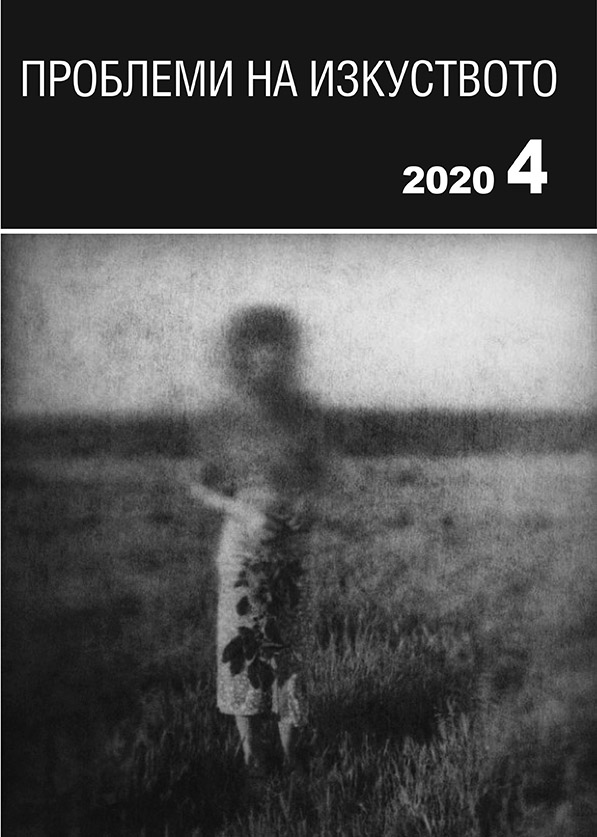Естетиката на неостротата и нейната роля в документалната фотография
THE AESTHETICS OF BLURRINESS AND ITS ROLE IN DOCUMENTARY PHOTOGRAPHY
Author(s): Krasimir AndonovSubject(s): Fine Arts / Performing Arts, Photography, History of Art
Published by: Институт за изследване на изкуствата, Българска академия на науките
Summary/Abstract: This study was inspired by Prof. Wolfgang Ullrich’s book History of Blurriness. It explores some of the reasons why the stylistics purposefully concealing a fraction of reality (the truth) has gradually permeated a conservative genre such as photoreportage. The coming of blurriness in documentary photography is followed through the development of the most famous photographic cooperative, Magnum Photos (founded in 1947) and the work of some of its most prominent members: Robert Capa’s photographs of the American troops landing on D-Day, Omaha beach in Normandy (1944); Paul Fusco’s series of Robert Kennedy’s funeral train (1968); the abstract television reproductions of TV Shots series by Harry Gruyaert (1969–1972), as well as some of Gueorgui Pinkhassov’s series, Antoine d’Agata, Trent Parke, Paolo Pellegrin, etc. The advent of digital technology further stimulated the usage of blurriness in photojournalism. Nowadays, everybody can use their phones to take high-quality images, some professional photographers reoriented towards a vision different from reproduction and close to the “disfigured” look of blurriness. In conclusion, blurriness is no longer a province of the artistic photographic genres alone, but rather it is now part of the means of the documentary photography. That is because blurriness allows intensifying the expressive power of an image without replacing or distorting its informative function and objectivity.
Journal: Проблеми на изкуството
- Issue Year: 2020
- Issue No: 4
- Page Range: 46-53
- Page Count: 8
- Language: Bulgarian
- Content File-PDF

